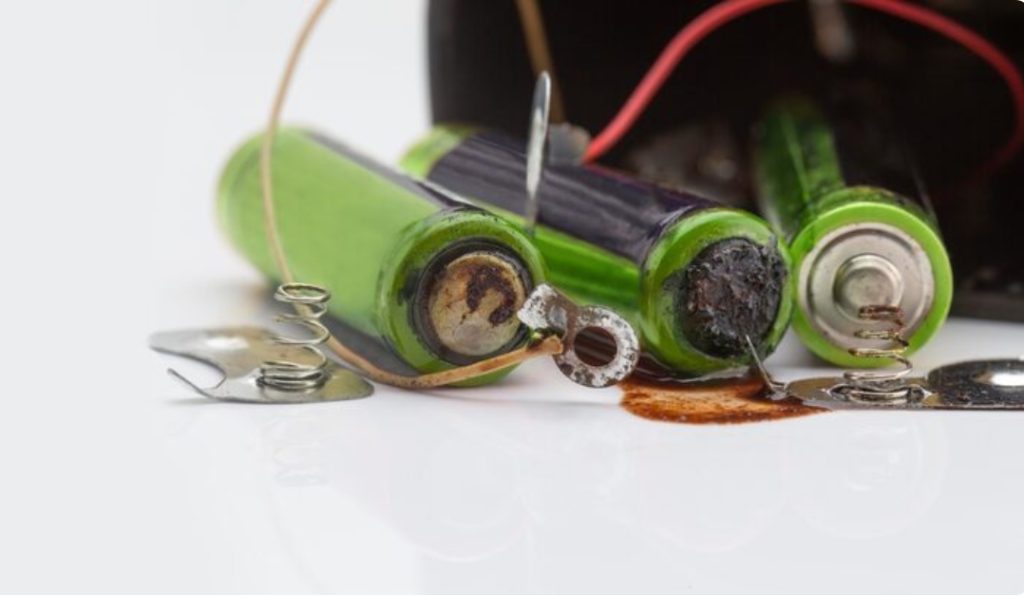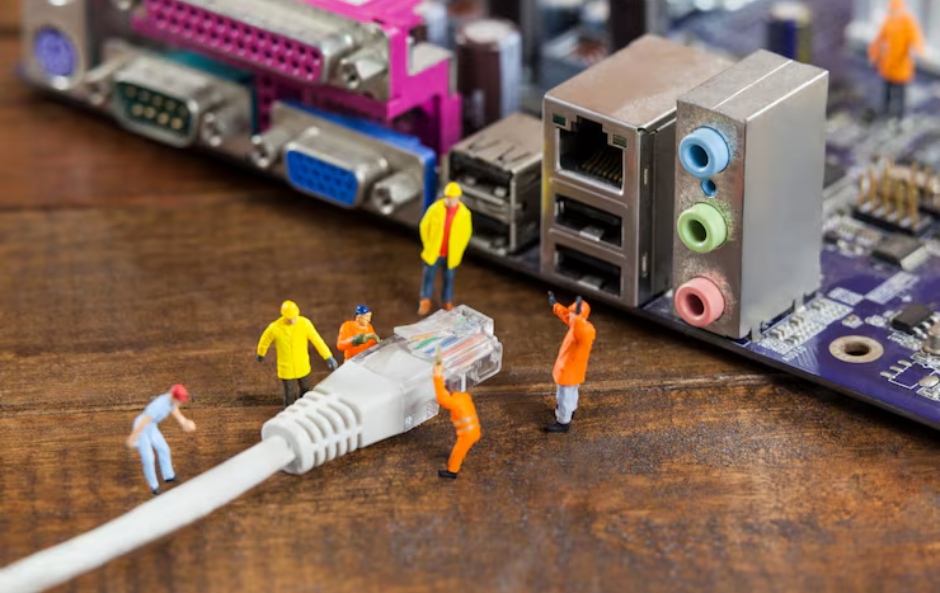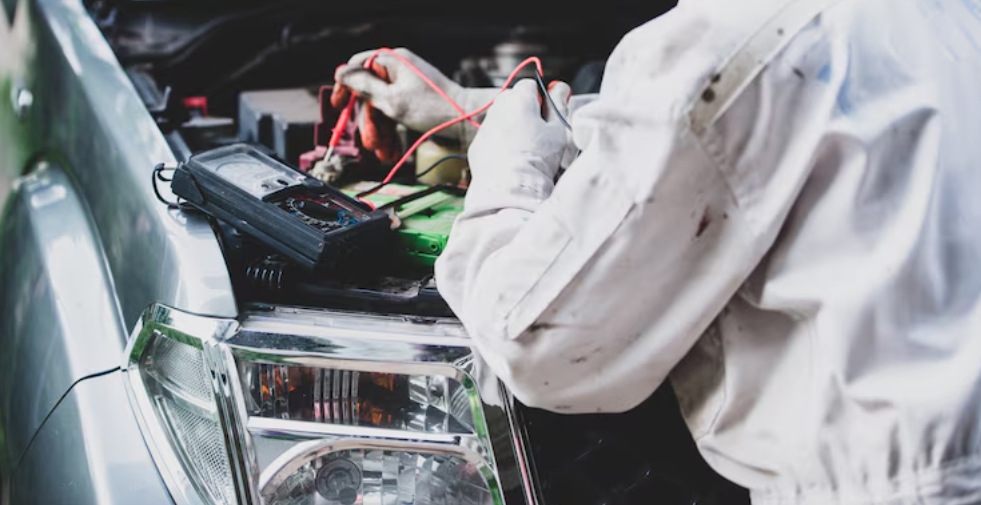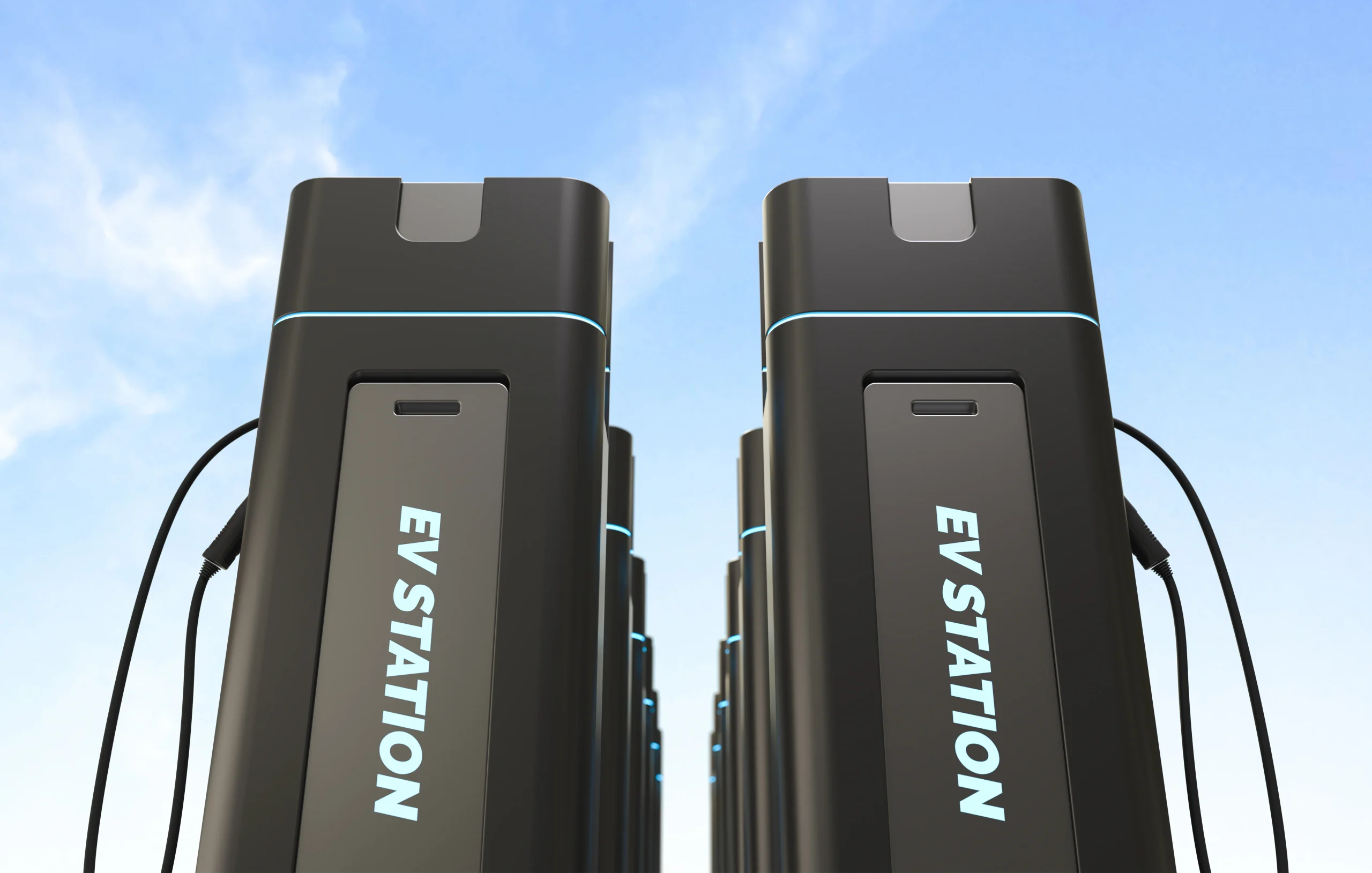
With the rapid development of new energy technologies, lithium batteries have become widely used in electric vehicles, energy storage systems, and portable devices due to their high energy density and long lifespan. However, during use, lithium battery packs often experience inconsistencies in individual cell performance, which can reduce overall efficiency and shorten lifespan. To address this issue, a lithium battery balancing maintenance equipment is an indispensable tool. This article will explore in detail how to select a lithium battery balancer based on battery pack characteristics, helping you optimize battery performance and extend its service life.
The Role and Importance of Lithium Battery Balancers
Basic Functions of a Lithium Battery Balancer
A lithium battery balancer is a specialized device designed to regulate the voltage and capacity consistency of individual cells within a battery pack. Its core functions include:
- Voltage Balancing: Adjusts the voltage of each cell to a uniform level using active or passive balancing techniques.
- Anomaly Alerts: Detects overvoltage, undervoltage, or temperature anomalies and issues timely warnings.
- Data Logging: Records battery pack operational data for future maintenance reference.
For instance, the Portable Battery Pack Balancing Maintenance Eaupment PBM-PW-B-3605 offers high-precision voltage balancing and real-time monitoring, making it ideal for maintaining small to medium-sized battery packs.
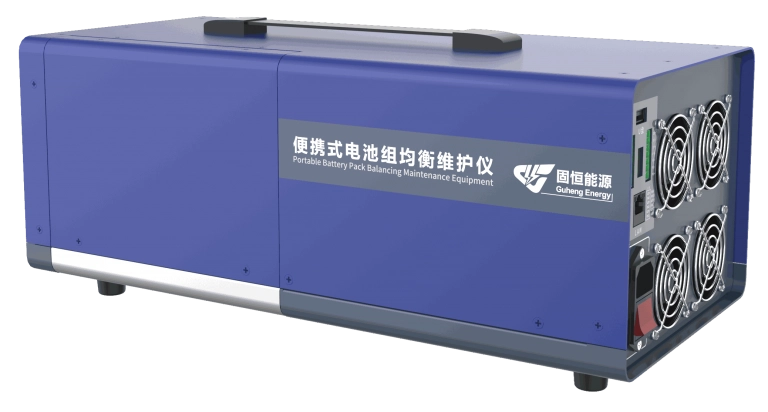
Why Balancing is Crucial for Lithium Battery Packs
Lithium battery packs consist of multiple cells connected in series or parallel. Due to manufacturing variations or environmental factors, differences in internal resistance, capacity, and voltage can emerge over time. Without proper balancing, the following issues may arise:
- Capacity Loss: Weaker cells limit the overall usable capacity of the pack.
- Overcharge/Over-discharge Risks: Voltage inconsistencies can lead to overcharging or over-discharging of certain cells, posing safety hazards.
- Reduced Lifespan: Imbalanced conditions degrade overall pack performance and shorten its lifespan.
Using a lithium battery balancer effectively mitigates these problems, ensuring the pack operates at its optimal state.
Analysis of Different Lithium Battery Pack Characteristics
Common Classifications and Features of Lithium Battery Packs
Lithium battery packs can be categorized based on their chemical composition and application scenarios:
| Type | Features | Typical Applications |
| Lithium Iron Phosphate (LFP) | High safety, long cycle life | Energy storage, EVs |
| Ternary Lithium | High energy density, good low-temperature performance | Consumer electronics, EVs |
| Lithium Titanate | Excellent fast-charging, ultra-long lifespan | Industrial equipment, buses |
Each type has unique balancing needs. For example, LFP batteries, with their stable voltage platform, require less precision in balancing, while ternary lithium batteries, with higher energy density, demand efficient balancers to prevent overcharging.
Impact of Battery Pack Characteristics on Balancer Selection
Battery pack characteristics directly influence the choice of balancer, particularly in the following aspects:
- Cell Count and Configuration: Packs with more cells in series require balancers supporting higher voltage ranges.
- Capacity Variation: Larger capacity deviations necessitate more efficient balancing technology.
- Operating Environment: High or low temperatures require more durable equipment.
Thus, understanding the specific parameters and usage scenarios of your battery pack is essential when selecting a balancer.
Key Factors to Consider When Choosing a Lithium Battery Balancer
Voltage Range and Compatibility
Battery packs vary widely in voltage range—e.g., EV packs may exceed 60V, while portable device packs might be just 12V. When selecting a balancer, ensure its supported voltage range matches your pack. For example, the Portable Battery Pack Balancing Maintenance Eaupment PBM-PW-B-6405 can support battery modules with up to 64 cells in series or more, making it suitable for large-scale energy storage systems.
Balancing Efficiency and Precision Requirements
Balancing efficiency and precision are critical indicators of a balancer’s performance:
- Active vs. Passive Balancing: Active balancing transfers energy for efficient regulation, ideal for packs with significant capacity deviations; passive balancing dissipates energy via resistors, offering lower cost but reduced efficiency.
- Precision Needs: High-precision balancers can maintain voltage differences within 10mV, suitable for high-performance applications.
Ease of Operation and Safety Features
An excellent lithium battery balancer should offer:
- Portability: Lightweight design for on-site use, such as the Portable Single Cell Maintenance Equipment PBM-SP-C-0605.
- Intelligence: One-button operation and data visualization to simplify use.
- Safety: Overvoltage protection, short-circuit prevention, and other features to ensure safe operation.
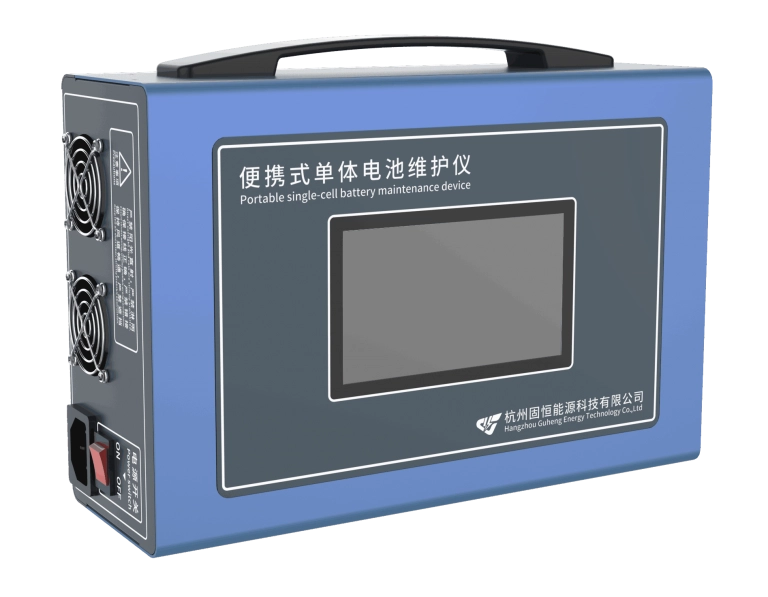
Guheng Energy: A Trusted Expert in New Energy Service Solutions
Guheng Energy’s Professional Advantages in the New Energy Sector
Guheng Energy is a company specializing in new energy technology R&D and services, with over a decade of industry experience and innovation. It has developed several industry-first products, such as battery pack service terminal testers and battery balancers, securing over 30 patents (including 6 invention patents) and 28 software copyrights. Certified under ISO9001, Guheng’s products undergo rigorous quality testing and come with inspection reports, ensuring customer confidence.
Lithium Battery Balancer Solutions from Guheng Energy
Guheng Energy offers a range of balancers tailored to various applications, including:
- PBM-P Series: Portable design for daily maintenance of small to medium packs.
- PBM-PW-B Series: Supports higher voltage ranges for industrial-grade packs.
- Custom Solutions: Personalized designs to meet specific scenario requirements.
Frequently Asked Questions
How Do I Determine If My Lithium Battery Pack Needs a Balancer?
To assess whether your pack requires a balancer, consider:
- Voltage Differences: Use a multimeter to measure cell voltages; a difference exceeding 50mV indicates a need for balancing.
- Capacity Decline: If the pack’s overall capacity drops significantly and fails to reach its rated value after charging, imbalance may be the cause.
- Usage Duration: Packs used for over 6 months or exceeding 100 cycles should be regularly checked and maintained.
If these signs appear, consider using Guheng Energy’s balancing maintenance equipment.
What Unique Advantages Do Guheng Energy’s Lithium Battery Balancers Offer?
Guheng Energy’s bal- High Compatibility: Supports various pack types and voltage ranges.
- Advanced Technology: Uses active balancing for high efficiency and precision within 10mV.
- Safety and Reliability: CE-certified with multiple protection mechanisms.
- After-Sales Support: Offers rapid response and a one-year warranty.
For example, the PBM-PW-B-3605 is highly praised for its portability and efficiency.
Can Lithium Battery Balancing Solutions Be Customized to Specific Needs?
Yes, Guheng Energy offers customization. Customers need only provide:
- Battery pack type (e.g., LFP, ternary lithium)
- Cell count and voltage range
- Usage scenario (e.g., energy storage, EVs)
- Special requirements (e.g., high-temperature adaptability)
Guheng’s technical team will design a tailored solution. For more details, visit Guheng Energy’s website to inquire.
Conclusion
Selecting the right lithium battery balancer is key to enhancing pack performance and longevity. By understanding your pack’s characteristics, defining maintenance needs, and choosing suitable equipment, you can effectively address imbalance issues. Guheng Energy, with its expertise and quality products, offers reliable solutions. Take action now to optimize your battery pack’s performance!


